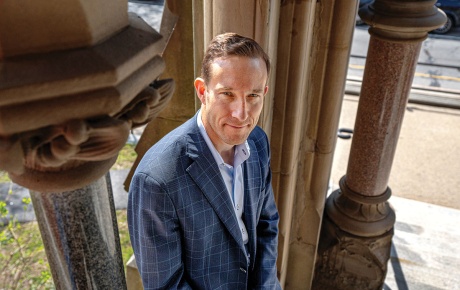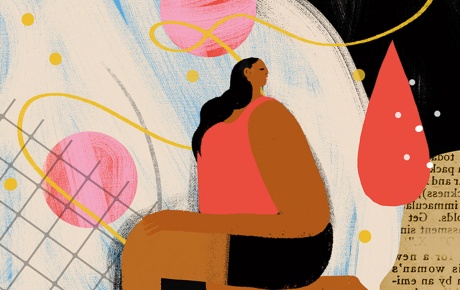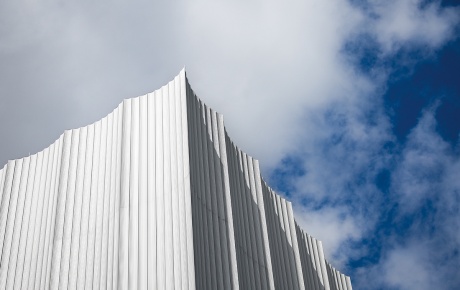I read with great interest, and a tinge of regret, the article by Charlotte Bruce Harvey '78 about the new home of the Artemis A.W. and Martha Sharp Joukowsky Institute for Archaeology and the Ancient World ("New Digs," January/February). The space certainly seems to encourage open communication and collaboration, but it is missing something essential to the practice of archaeology: dirt.
In the spring of 1992, I took the first steps toward a career in archaeology in the musty basement of the Old World Art & Archaeology building at 68 Waterman Street. Every spring, Martha Joukowsky crowded students into the basement to teach them how to excavate at sites contained there within six plywood boxes, each of them one meter to a side. Every fall, the previous year's students built a new site among the dust and detritus. Some students liked the class so much that they took it twice.
Archaeology is one among many disciplines concerned with how spaces shape us and how we shape spaces. What made Martha's class so special was derived, in large measure, from that dingy basement. So, when I look at the new building, I am left to ask, what is lost when everything is out in the open? Where is the room for discovery when everything is in the light? Where are the layers? Where is the grime? I look forward to the creativity that will be fostered in Rhode Island Hall, but I mourn the passing of the basement where I learned to love the essential dirtiness of archaeology.
John Millhauser '95
Evanston, Ill.
[email protected]
These days the students go to the dirt and not the other way around. Professors now teach archaeology outside, at sites ranging from the grounds of the John Brown House on College Hill to the Great Temple of Petra in Jordan. The plywood boxes of the old days are a nice memory, but nothing beats doing real archaeology in a real field setting.—Charlotte Bruce Harvey '78





